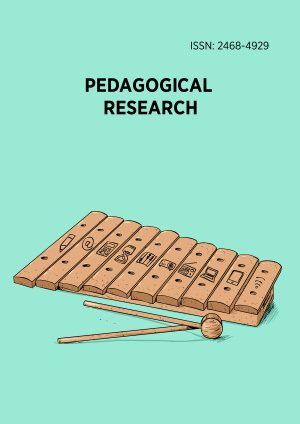Abstract
This study explores the views of mathematics teachers at Assosa University regarding effective mathematics teaching. The study used a case study method as a mode of inquiry through semi-structured interviews with five mathematics teachers at Assosa University. The data were analyzed thematically. The results showed that mathematics teachers view memorization, practice, and concrete experiences as ways to enhance their students’ understanding of mathematics. Teachers expressed different views on the nature of mathematics. Some teachers have an instrumental view, while others have a problem-solving view, and others have a Platonist view of the nature of mathematics. The study showed important arguments about the belief systems of mathematics teachers, showing that teachers’ beliefs about the nature of mathematics provide the basis for their mental models of mathematics teaching and learning. The study revealed those mathematics teachers’ beliefs about effective mathematics teaching influence their educational practices. The study suggests that developing the expertise of teachers in higher education institutions by changing their entrenched beliefs about mathematics needs particular attention, which ultimately affects their practice.
License
This is an open access article distributed under the Creative Commons Attribution License which permits unrestricted use, distribution, and reproduction in any medium, provided the original work is properly cited.
Article Type: Research Article
PEDAGOGICAL RES, Volume 9, Issue 2, April 2024, Article No: em0191
https://doi.org/10.29333/pr/14172
Publication date: 01 Apr 2024
Online publication date: 30 Jan 2024
Article Views: 2498
Article Downloads: 1477
Open Access References How to cite this article
 Full Text (PDF)
Full Text (PDF)